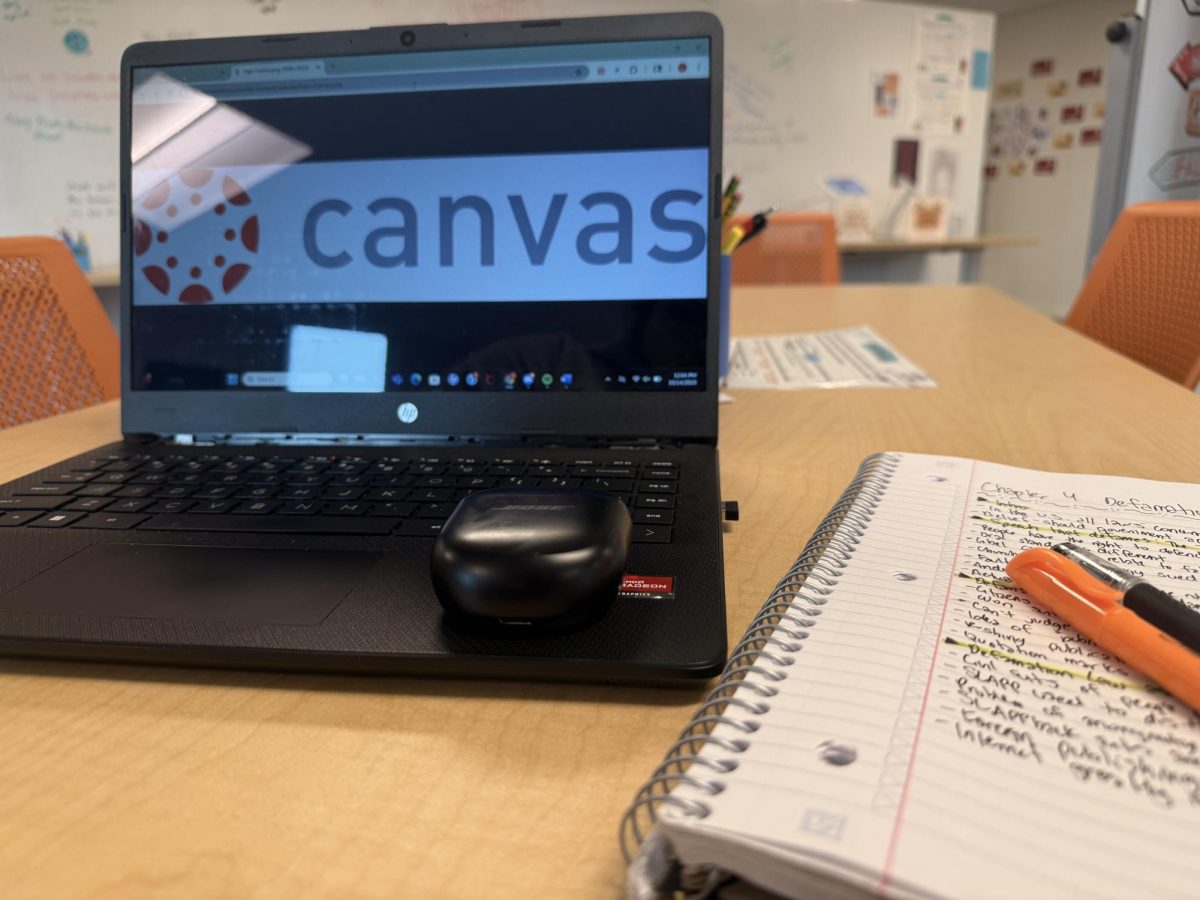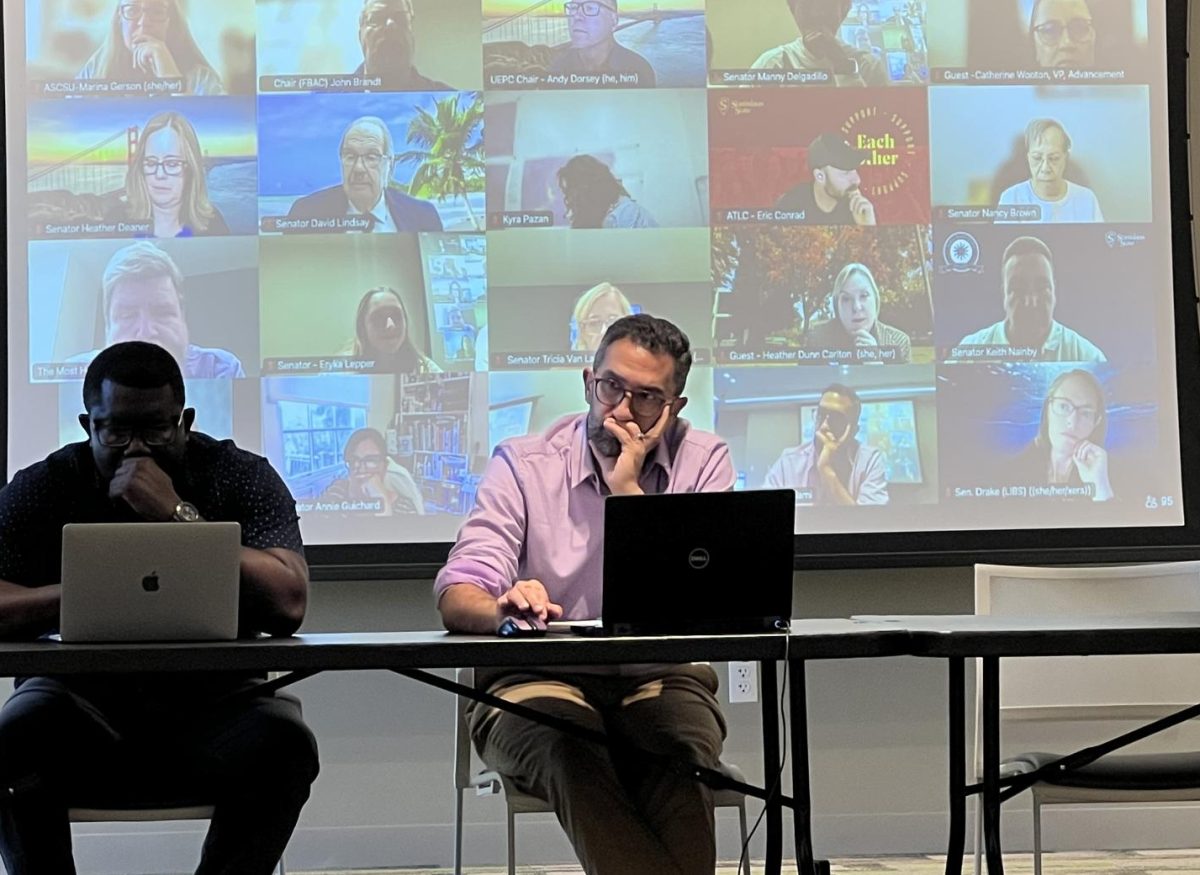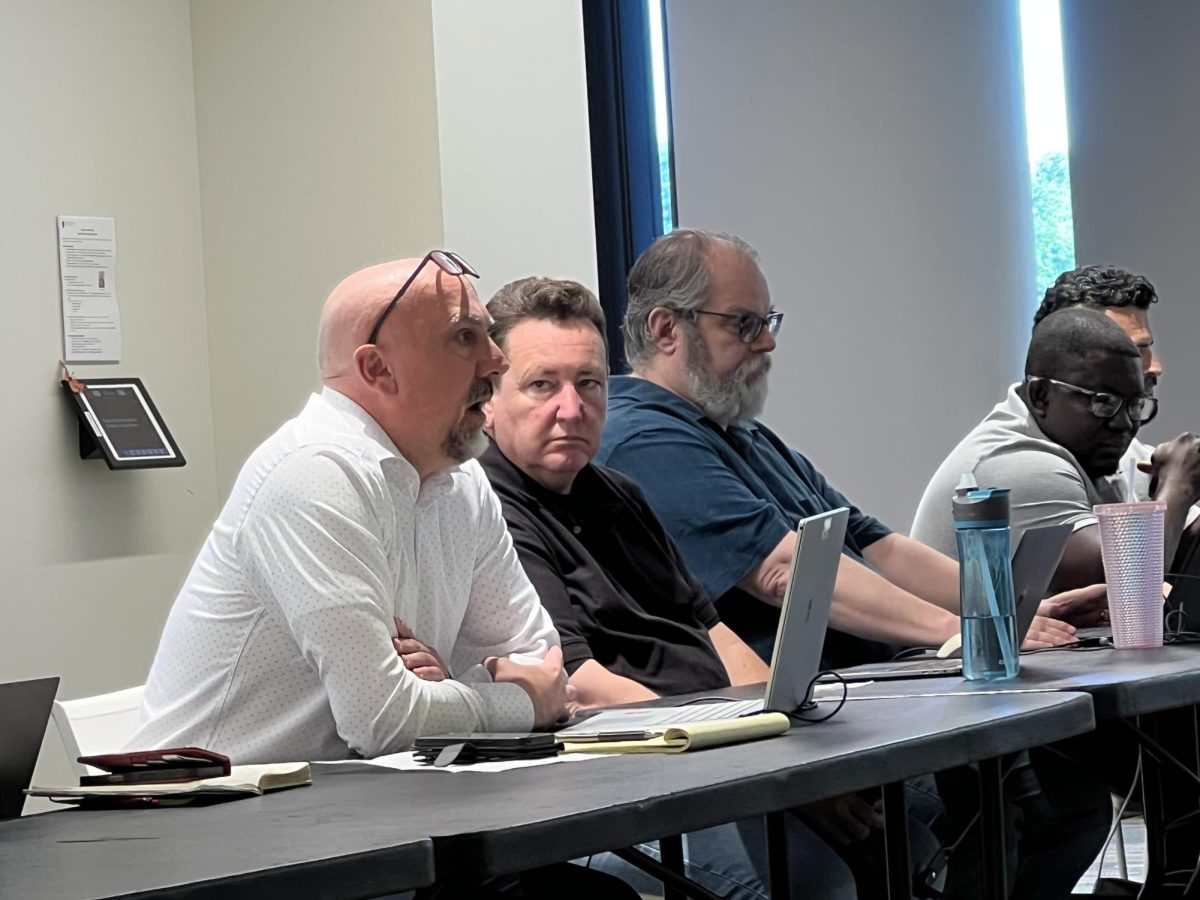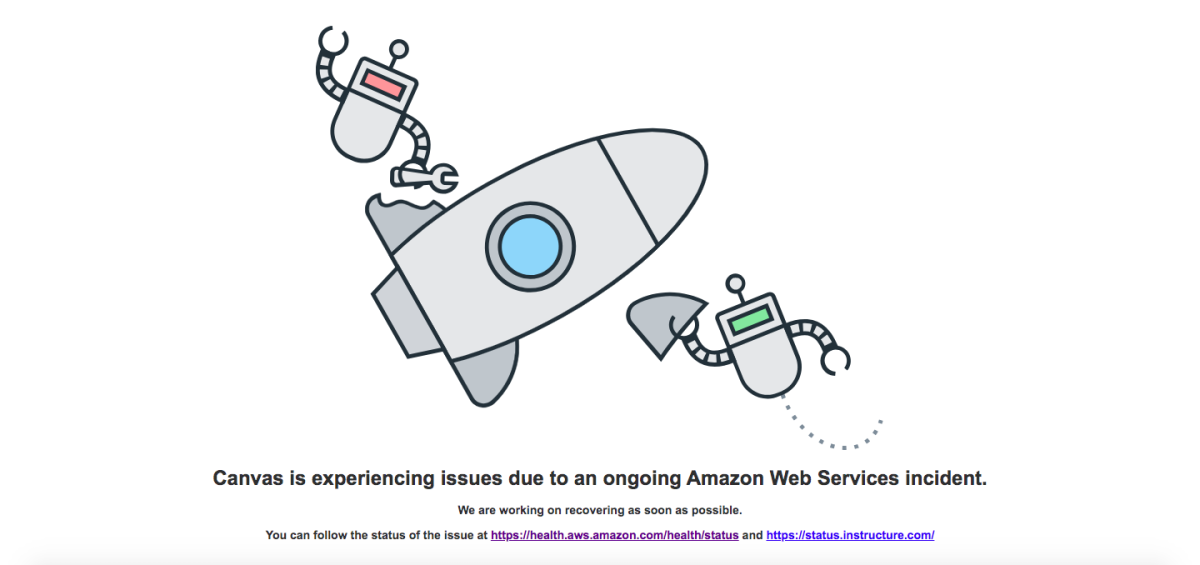Traveling abroad while studying can become an unforgettable experience. Unfortunately, Spring and Fall of 2020 generated a great amount of uncertainty for Stanislaus State’s Study Abroad students and faculty.
On January 31, 2020, the Secretary of Health and Human Services declared COVID-19 to be a health emergency. This has caused conflicts for both those studying abroad and those studying here in the U.S.
Adjusting to a Pandemic
Program faculty has done their best in trying to bring students back safe and sound.
Stan State International Admissions and Services Coordinator and Director Brittany Fentress shared her experience in trying to return students from overseas travelling. “I was in class when I found out Trump was going to ban flights from Europe. [I] go back to my office to communicate with students. [Asking], where you at, what are you doing? Also communicating with providers.”
Genuinely concerned for the well-being of her students, Fentress made it her priority to communicate with them and help guide them in the process of bringing them back to the U.S. Thankfully, Fentress was able to help every one of her students, who later shared with her their experience of traveling during a pandemic.
Though we are facing a health crisis, students are encouraged to continue to apply to any of the programs while maintaining patience and flexibility. “Students are able to apply to all programs, but every time they apply I get an email from them. I tell them to be prepared to not go in case something happens because no one can predict what happens,” Fentress explains.
Not knowing what lies ahead can be frustrating, but making sure to be prepared with a backup plan is most ideal at the moment. “We are having to monitor COVID numbers, travel bans, travel advisories. We’ve learned that things can change so quickly,” said Fentress.
Fentress explained that she encountered conflicts with Spring students, who were finding it challenging to leave for their abroad destination. They struggled to find available classes at Stan State in case they didn’t end up traveling.
Sandra Luna-Mota, Stanislaus State’s Study Abroad student Ambassador explained aome of the measures taken by Fentress towards developing a backup plan. “Students can apply and at the same time Brittany will have them register for courses at CSU Stanislaus. If anything is to happen [students] still have a spot saved at Stan State.”
In the case that a student is interested in studying in another campus during the pandemic, Fentress recommends students to join the National Student Exchange Program. This program gives students the ability to experience life outside of Turlock, by traveling to other states within U.S. borders. Taking this route would allow students to experience life in other states, and relieve the hassle of dealing with visa applications and embassy issues.
“Right now only 3% of our course offerings are being offered face to face and 97% online. The federal government has to issue special COVID operation allowances for us to allow our international student population to modify their study plans and maintain their visa status,” explained Mary Hunter, Stanislaus State’s Director of International Student Services.
Normally students are only allowed to take one online course abroad and the rest is to be in-person courses to be able to keep their visas. However, the government has allowed this to change and are allowing students to maintain their visa despite their participation in more online courses. “Any new student that this is their first semester are required to be enrolled in a minimum of one to face class according to federal COVID adaptations,” Hunter explained.
Hunter also shared how her relationships with her students has changed during the pandemic. “I have to monitor federal regulations constantly, I have to communicate with students regularly, I have to help them make sure they are properly enrolled, I have to log in to the databases and monitor all of their enrollment to make sure they are complying to federal guidelines, I do a lot more advising.”
Offering assistance to students while maintaining a safe distance has it’s challeneges. “[It is challenging to] figure out how I can support my students through a zoom screen, email, or text messages when normally they would come to my office and I would try to keep their spirits up,” said Hunter.
The Programs
The program offers six options including CSU International Program (IP), University Studies Abroad Consortium (USAC), and worldwide exchanges, among others.
The CSU International Program (CSUIP) is a year-long program and the official study abroad program of the CSU system. Since it is within the CSU system, no matter what the cost of the institution that you attend, you still pay Stan State tuition.
Not strictly a year-long program like CSUIP, The University Studies Abroad Consortium (USAC) is far more flexible. With USAC, you can do short winter terms, summer terms, semesters or year-long programs. Additionally, you can combine semesters. Luna-Mota says that the Office of International Education has someone featured on its Instagram that went to Spain one semester, then to Thailand another semester, then Costa Rica a third semester.
The Exchange Program is handled by Stan State directly, with partnerships around the world. Since they are direct partnerships, you pay the tuition for Stan State, same as CSUIP. The program offers spring, fall and yearlong terms. It recently acquired the option to go to Barcelona!
Financial Aid and Scholarships
Scholarships to study abroad are available as well.
“Our office gives almost everyone who applies scholarships. I ended up getting $1,000 from our office, which was amazing. I also did the USAC [scholarship] and they ended up giving me $300 even though it was super last-minute too,” Luna-Mota explains.
The Gilman scholarship is another scholarships that students are encouraged to apply for. Considering the pandemic, this scholarship has become flexible in allowing students to use it whenever they are able to travel.
CSUIP accepts all financial aid, USAC accepts federal grants but not pell grants, the Exchange Program accepts all financial aid and NSE accepts all financial aid for home payments but only the pell grant for host payments.
What Students Think About Studying Abroad
Amongst all the changes the pandemic has brought to study abroad students, they have questioned whether getting on a plane and going home is the best solution.
Aikeremu Aizihaier, Stanislaus State Study Abroad student assistant shared his experience with traveling abroad during the pandemic. “It was hard to go back home because China was also going through a lot, and when they recovered, the US started blowing up with cases. At that time it was more difficult to return to China because the tickets were selling out and the prices went up. If I wanted to go back, I had to go through a lot of medical tests and stay in a hotel for two weeks. I just thought it was unnecessary so I decided to stay.”
Mi’Shaye Venerable (alumna, Social Sciences) is a strong advocate of studying abroad. “I just think so much of what I learned I appreciated greatly just because here in America we have our own perspectives and biases of how we perceive other countries,” Venerable says.
She adds that learning the parallels of how Indian societies view America and vice versa and how the two cultures intersect was extremely interesting.
Luna-Mota also shared her details of her traveling abroad experience. “My favorite thing about studying abroad is the travel and the friends I made. Not only did I get to see amazing places, but I made amazing friends.”
If you are interested in the Study Abroad Programs, remember that you are still able to apply. Do not be discouraged the program’s faculty and student helpers have the best interest at hand, helping you to get to where you want to get while following proper procedures.
Expand your worldview and discover if studying abroad is for you.








